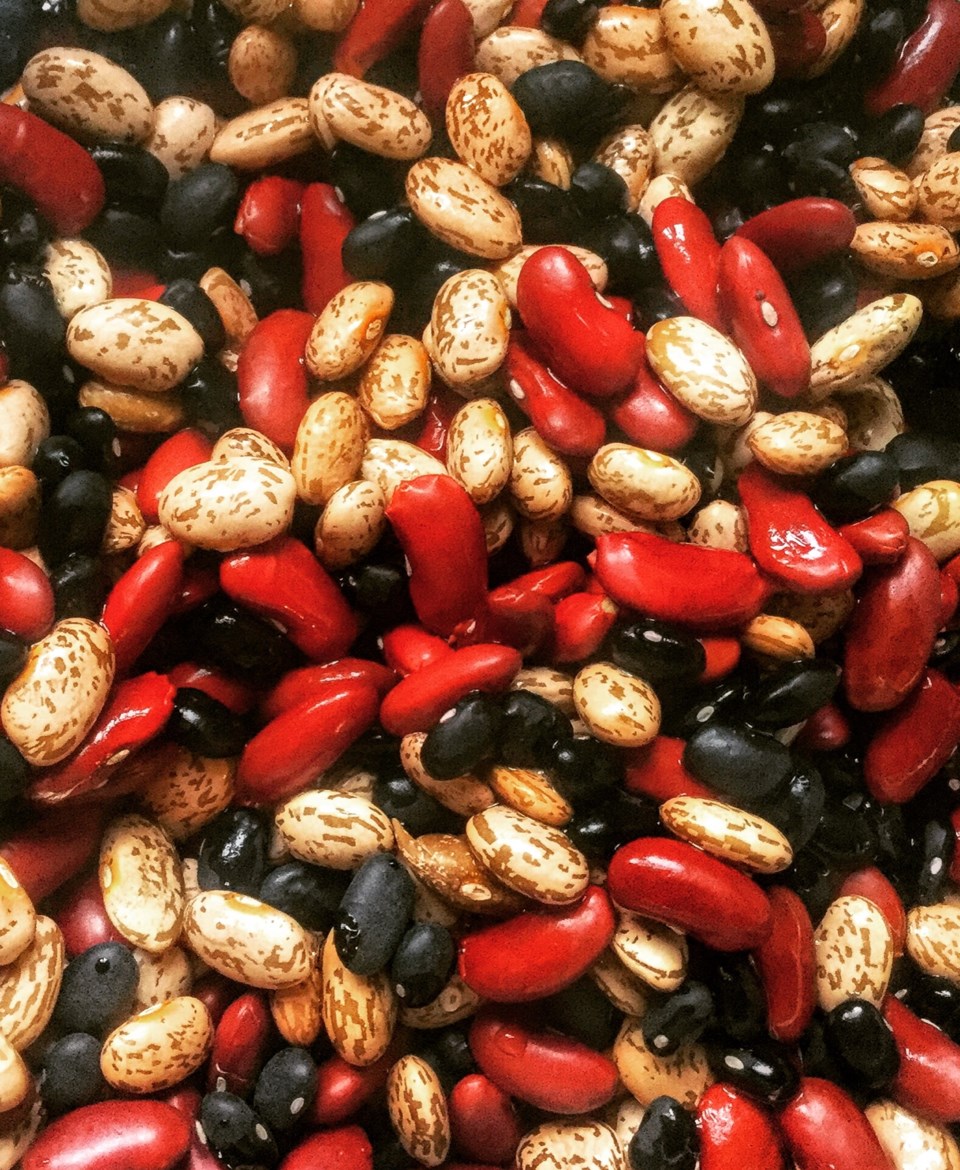Due to the timeliness of this subject, we have been focusing on how to prepare for this growing season to successfully save your own seeds. We have covered some technical points such as basic pollination, flower type and a bit about the genetics behind saving seeds as well as specifics about successfully saving seeds from some of your favourite plants. This week we can shift the focus to some other crops that you may be interested in saving seeds from.
Bean seeds are quite simple to harvest. As the seeds are maturing, the plants will lose their leaves until only the pods of seeds are left. Simply leave the pods on the plant until they rattle when you shake them. Be aware that some species will release their seeds from the pods on hot days so check them daily when harvest time is close. When the seeds are hard enough to not take the imprint of your thumbnail then the bean seeds are ready to harvest. Place the pods and beans in a cloth bag and “thresh” the beans by scuffing with your feet on a hard surface. Harvest lots and supplement your dry bean edible collection with your homegrown beans for a flavour sensation.
Peppers, although perennials in warmer climates, are treated as self-pollinating annuals in colder regions. Interestingly enough, most peppers will ripen to a rich red and a few fruits will supply seed for hundreds of plants. Remove the seeds, rub to separate the seed and allow to air dry. Seeds will last four years.
Cross-pollinated annuals take a bit more care as it is important to maintain variety vigour by saving seed from several individual plants of the same variety. If you only save seeds from one or two plants is known as inbreeding and results in reduced health and yield in succeeding generations. (Note squashes and pumpkins do not noticeably lose vigour even when inbred for several generations.)
Broccoli is normally cross-pollinated by bees so it is best to isolate two or more varieties considerably. As a member of the Brassica family, it will cross with cabbage, brussels sprouts, cauliflower, collards, kale and kohlrabi, so it is important to watch that they do not flower together. Like other Brassicas, the seed of broccoli is borne in narrow pods which should be harvested when they are dry and brittle. Threshing can be done by hand but the right sized screen makes life easier.
Corn is cross-pollinated by wind so isolation is essential as all members will easily cross with each other. If you have a neighbour growing corn, a distance of a quarter of a mile is necessary to avoid cross-pollination. Harvest the cobs when they are dry and give them additional drying time under cover.
Cucumbers are pollinated mostly by bees and will cross with one another but not other vine crops. Let the fruit ripen past the edible stage and scoop the pulp and seeds into a non-metallic container. Leave in a warm place to ferment for a few days and the jelly-like pulp around each seed will reduce to a thin liquid.
Squash and pumpkins are also pollinated by bees. Once fruit is mature, let it sit for a month or two to improve seed vigour, then remove the seeds, swoosh with water and then let the clean seeds dry.
Hope you all enjoyed learning about how to save seeds.
Hanbidge is the Lead Horticulturist with Orchid Horticulture. Find us at www.orchidhort.com; by email at [email protected]; on facebook @orchidhort and on instagram at #orchidhort.
Tune into GROW Live, weekly on our Facebook page https://www.facebook.com/orchidhort or check out the Youtube channel GROW https://www.youtube.com/channel/UCzkiUpkvyv2e2HCQlFl0JyQ?




